In today’s hyper-connected industrial ecosystems, network downtime translates to six-figure losses per hour in sectors like manufacturing, energy, and transportation. At the heart of operational resilience lies Mean Time Between Failures (MTBF)—a statistical lifeline that quantifies the reliability of Industrial Ethernet networks. As these networks evolve into critical infrastructure, understanding and optimizing MTBF transcends technical preference to become … Continued
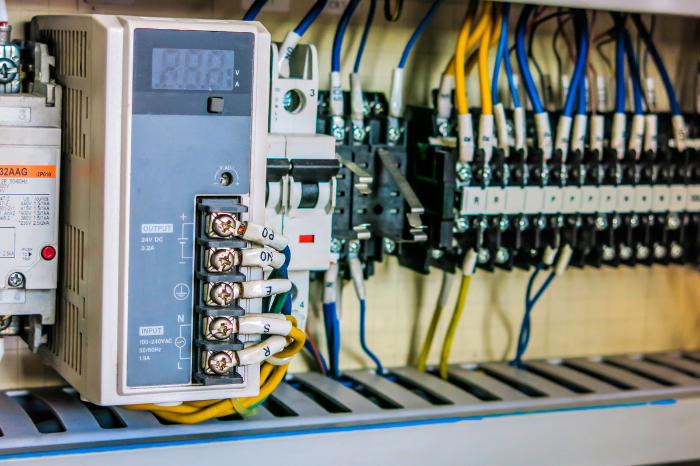
PROFINET vs Ethernet: A Comprehensive Comparison for Industrial Networking
In the realm of industrial automation, reliable and high-performance communication is the backbone of efficient operations. Two terms frequently encountered – Ethernet and PROFINET – often confuse: are they competitors, or do they work together? Understanding their relationship is crucial for designing robust control systems. While Ethernet provides the universal physical and data link foundation (the wires, switches, and basic data … Continued
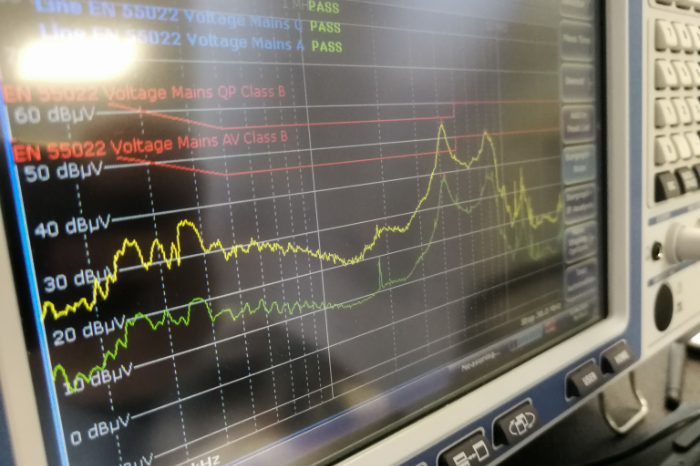
Industrial Networking Equipment and the Insider’s Guide to EMC, EMI and ESD
If you design industrial networking equipment, you need to understand electromagnetic compatibility (EMC), electromagnetic interference (EMI) and electrostatic discharge (ESD) standards. These regulate how much radiation your product emits and how much it can withstand without permanent damage. Major standards include FCC in the US, CE in Europe and VCCI in Japan. … Continued
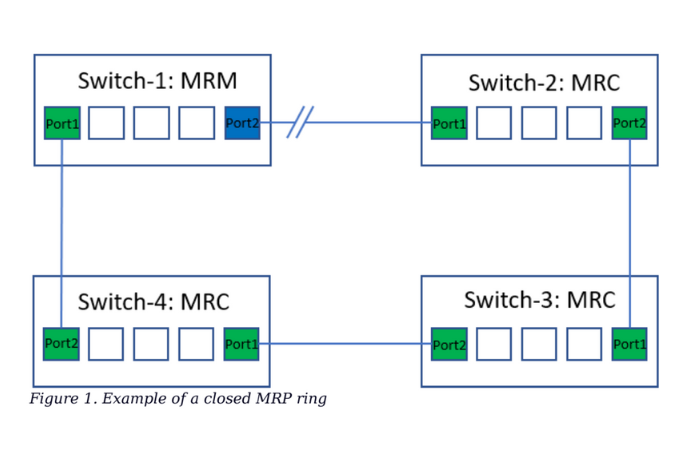
An Introduction to Media Redundancy Protocol (MRP)
What Is Media Redundancy Protocol (MRP)? Media Redundancy Protocols monitor network pathways to avoid single points of failure and ensure high availability of Ethernet networks. As automation systems increasingly rely on Ethernet networks, the need for fault tolerance necessitates redundant network structures. However, Ethernet’s broadcast nature prevents physical loops, rendering redundant paths incompatible. Media redundancy … Continued
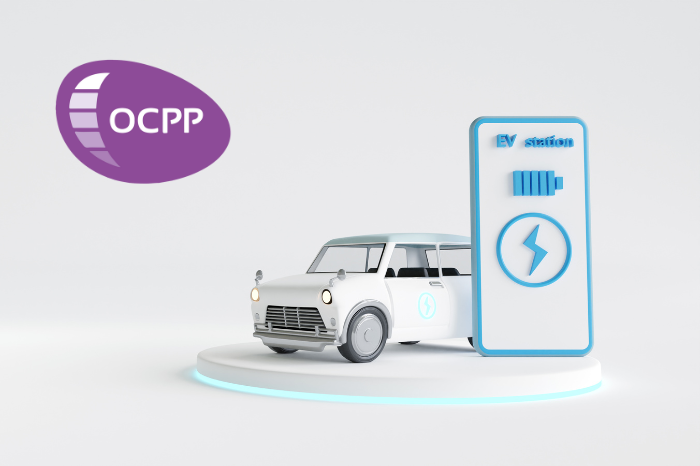
How OCPP is Shaping the EV Charging Landscape
Introduction to OCPP (Open Charge Point Protocol) Revolutionizing the way we power our vehicles, electric vehicles (EVs) have taken center stage in the global sustainability movement. As more and more people make the switch to EVs, it is crucial to ensure a seamless and efficient charging experience for users. This is where OCPP comes into … Continued
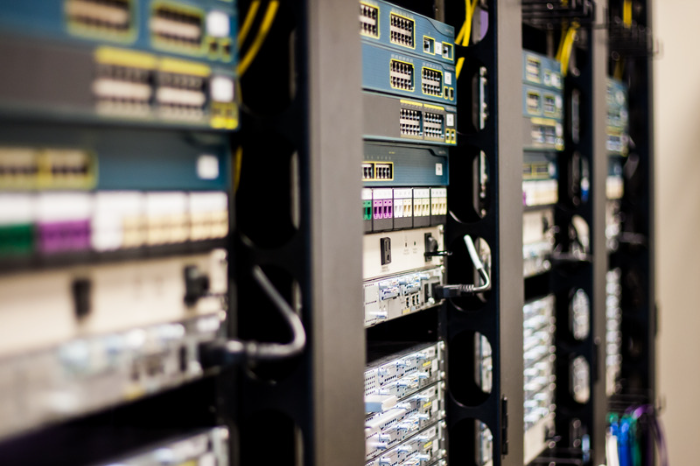
Understanding the Differences Between Layer 3 Switches and Routers
Welcome to the world of networking, where every device has a purpose. If you’re new to this scene, don’t worry! Understanding the differences between layer 3 switches and routers might seem like rocket science at first, but we’ve got your back. … Continued
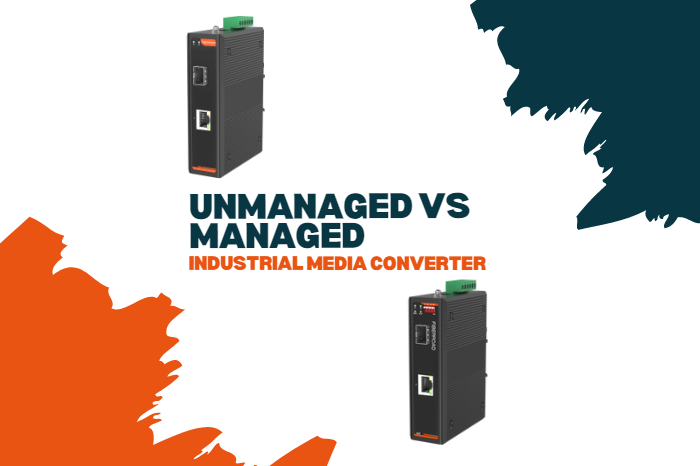
Unmanaged vs Managed Industrial Media Converter
onnect their disparate network technologies and achieve seamless communication. These devices convert signals from one media type to another, enabling companies to integrate different machines and systems into a cohesive whole. … Continued

Discover the Different Types of Fiber Media Converters
Are you looking to expand your network capabilities and improve data transfer speeds? If so, fiber media converters may be just what you need. These powerful devices help bridge the gap between different types of networks by converting signals from one medium to another. … Continued
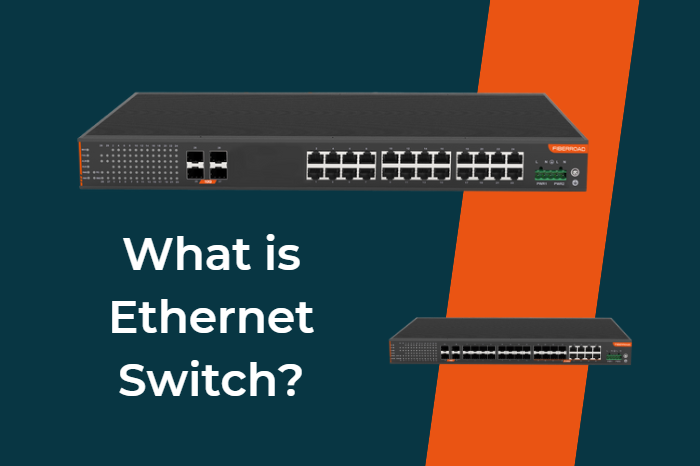
What is Ethernet Switch? Understanding the Role in IoT Networks
An Ethernet switch is a networking device that connects multiple devices, such as computers, printers and servers on the same network. It works by receiving data packets from one device and then forwarding them to their intended destination. … Continued
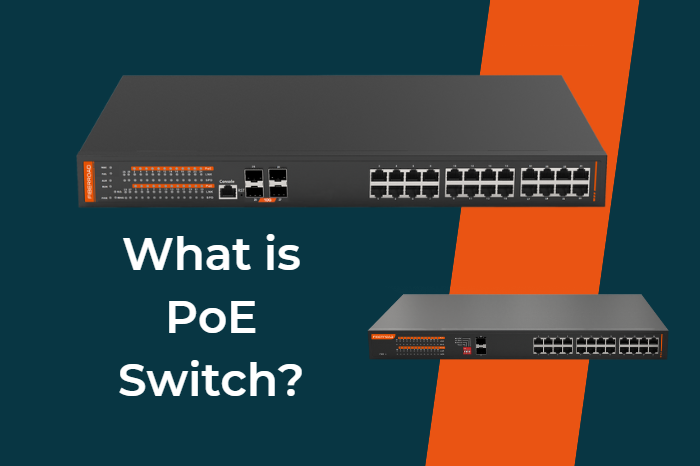
What is PoE Switch: Everything You Need to Know
Are you looking to maximize your network efficiency? One way to do so is by choosing the right PoE switch for your business needs. But what exactly is a PoE switch and how does it differ from a regular Ethernet switch? … Continued
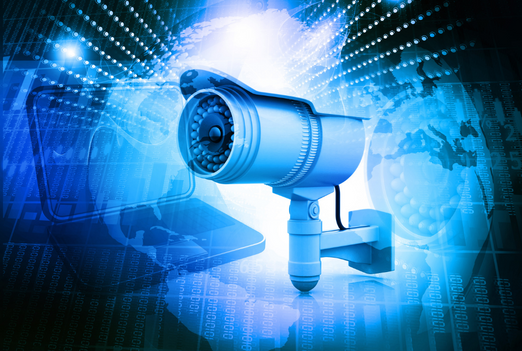
How Surveillance VLAN Prioritize Video Data Traffic
A Surveillance VLAN is a virtual local area network built specifically for the user’s video data streams, assuring the integrity of video traffic when it is broadcast with other traffic. That is to say, if other services (data, voice, etc.) are simultaneously delivered, a surveillance VLAN … Continued
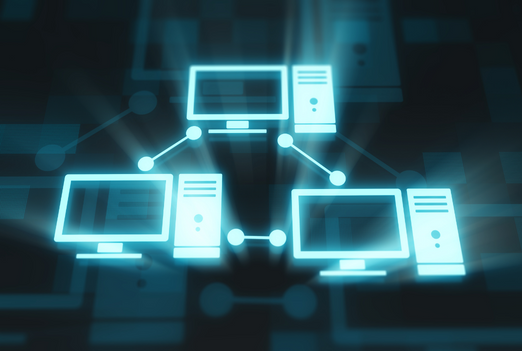
What You Need to Know About LLDP and LLDP-MED
TIA (Telecommunications Industry Association) developed a protocol called Link Layer Discovery Protocol-Media Endpoint Discovery (LLDP-MED) to define certain extensions that enhance the automation/management of certain types of network devices … Continued
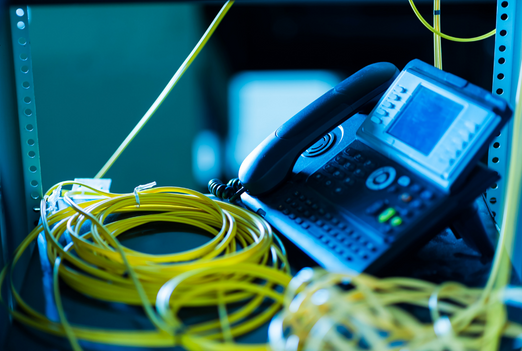
What Is Voice VLAN? How Does It Benefit the IoT Application?
IP-based IoT and IIoT networks require a voice VLAN to ensure quality voice data transmission. VoIP interface-equipped devices can use Voice VLAN, a new addition to VLAN, to create a voice-only VLAN exclusive to digital voice devices.This is a potentially disruptive feature, … Continued
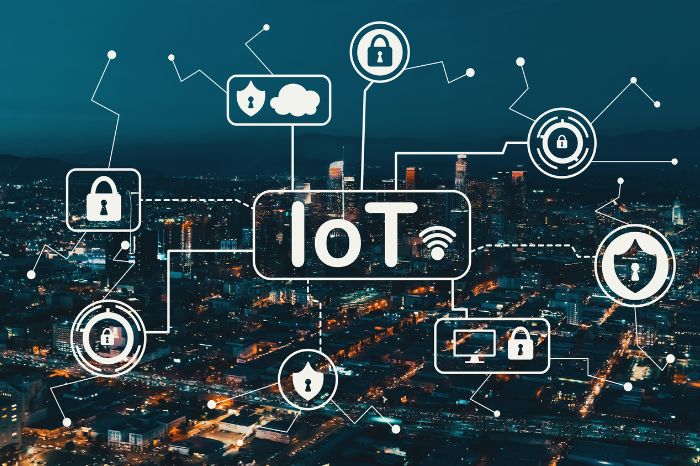
What is the Internet of Things or IoT?
The Internet of Things is a network of connected devices that can communicate with each other. These devices typically contain embedded software, computing hardware, and sensors. The data that these devices collect is then processed in the cloud. The resulting information is then sent back to the connected devices. The internet of things … Continued
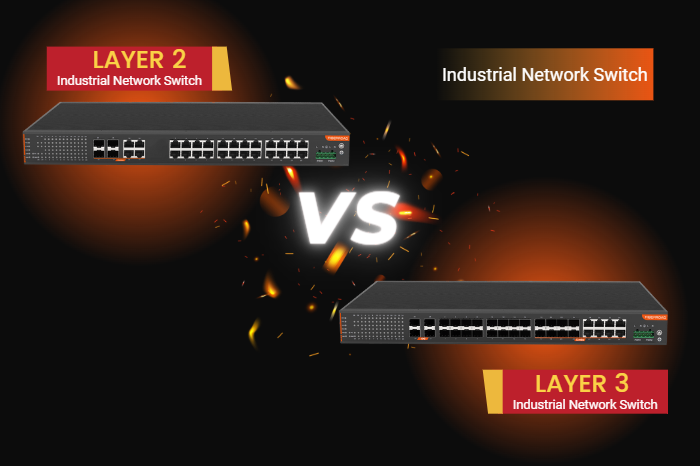
The Difference Between Layer 2 And Layer 3 Industrial Switches?
Industrial Network Switches are network switches designed specifically for industrial applications that require high-speed data communication and are deployed in harsh environments. Depending on the purpose of the switch, these devices can be multi-ring, single-ring, or single-loop. … Continued

How to Configure ERPS on Industrial Network Switch
Ethernet Ring Protection Switching, or ERPS, is an effort at ITU-T under G.8032 Recommendation to provide sub-50ms protection and recovery switching for Ethernet traffic in a ring topology while ensuring that there are no loops formed at the Industrial Network … Continued

A Strong Foundaton For Video Surveillance System
Why Bandwidth is Crucial for a High-Performing Video Surveillance System Bandwidth is the most crucial element of ethernet networking for video surveillance systems. Without careful planning ahead of time, the security Camera System might end up with a bandwidth bottleneck. This not only causes video packet loss, delay, or jitter but also degrades video quality, … Continued

Everything You Need to Know about Ethernet OAM
Ethernet OAM is a set of functions that provides a system or network fault indication, performance monitoring, security management, diagnostic functions, configuration and user provisioning. The purpose of these management tools or capabilities is to enable the monitoring and quick restoration of the network in case of failure. … Continued
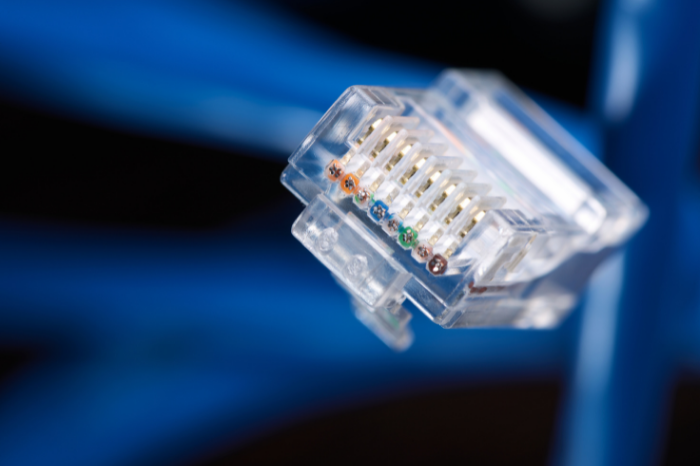
The Definitive Guide To Power Over Ethernet
PoE (Power over Ethernet) allows professionals to install remote or outside equipment without connecting to AC power to deliver power to several locations without installing additional electrical infrastructure or power outlets. PoE Power over Ethernet is also highly cost-effective as it allows you to use one cable for both power and data transmission, so purchasing and running multiple cables isn’t necessary. … Continued







